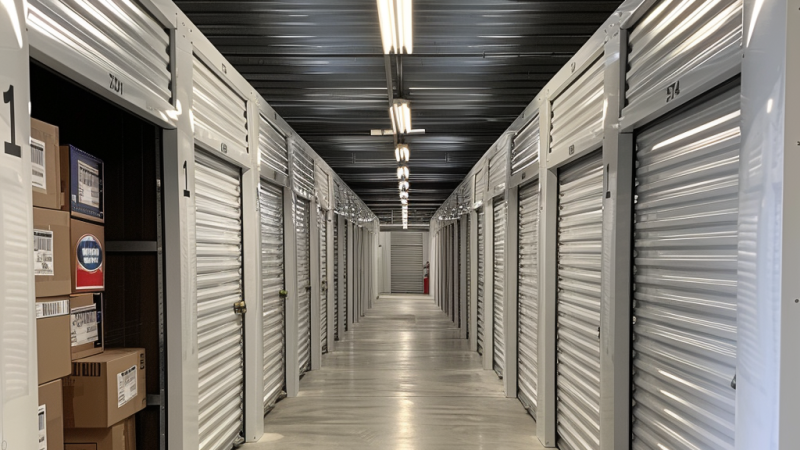Choosing the right size storage unit is crucial for efficient storage management and cost control. Whether you’re relocating, downsizing, or simply decluttering, picking the appropriate unit size can save you money and hassle. Here’s a detailed guide to help you select the right storage unit for your needs.
Inventory Your Items
Before you start looking for a storage unit, take a detailed inventory of what you plan to store. This includes furniture, boxes, appliances, and any special items like bicycles or seasonal gear. Knowing exactly what you have will help you estimate how much space you need, preventing you from paying for unused space or ending up with a cramped unit.
Understand Size Options
Storage units typically range from small sizes, such as 10 sq ft feet, ideal for luggage or student storage, to large options such as 300 sq ft, which can hold the contents of a full house.
To get an idea of common sizes and what contents they are suitable for take a look at our prices here.
Consider Your Access Needs
Think about how often you’ll need to access the unit and what items you’ll need to reach frequently. If you plan on accessing items often, you might want to consider a slightly larger unit to allow for aisles or easier access to various items without the need to move things around.
Factor in Your Future Needs
Are you planning to add more items to your storage in the future? If there’s a possibility that you’ll need more space soon, opting for a slightly larger unit from the start can be more cost-effective than having to transfer everything to a bigger unit later.
Check the Unit Height
The height of the storage unit can also play a significant role in determining how much you can store. Most units have a ceiling height of about eight feet. Taller units may allow you to stack boxes higher or store taller items vertically, maximising the space.
Use Storage Tools and Resources
Many self-storage facilities offer interactive tools or charts to help customers decide what size unit they need based on what items they plan to store. These tools can provide a virtual walkthrough of different unit sizes or offer pre-planned layouts to see how items might fit.
Visit the Facility
If possible, visit the storage facility to see the units in person. This can help you get a better sense of the space and visualise how your items will fit. Some facilities might even show you different unit sizes side by side for a more direct comparison.
Ask for Recommendations
Don’t hesitate to ask the facility staff for recommendations. They have experience with customers who have had similar storage needs and can provide insight into what size might work best for your items based on their expertise.
Consider Specialty Storage for Unique Items
If you have items that require special conditions, such as wine, art, or important documents, consider specialty storage units that offer climate control, enhanced security, or specific humidity settings to protect sensitive items.
Evaluate Cost Versus Convenience
Finally, weigh the cost versus convenience. A larger unit might cost more, but if it saves you time and effort when accessing your items, it might be worth the investment. Conversely, if budget is a concern, maximising a smaller space might be the better route.
Conclusion
Selecting the right size storage unit doesn’t have to be overwhelming. By taking an inventory of your items, understanding the various sizes available, and considering your access needs and future plans, you can choose a space that accommodates your belongings efficiently and economically. Remember, the right unit is the one that fits your items and your life perfectly.

